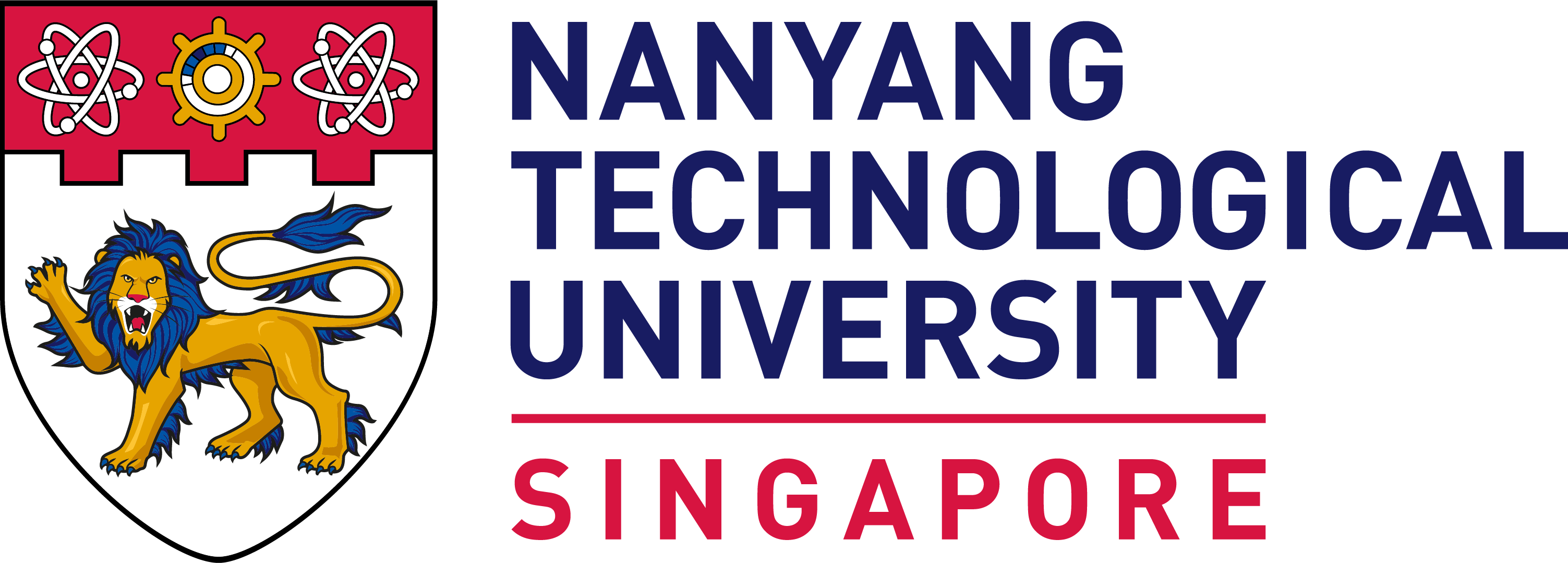Colourful insights into edible bird's nest
NTU chemists revealed the source of the red colour of "blood" bird's nests.

Prescribed for over a thousand years in traditional Chinese medicine, edible bird’s nest is one of the most expensive Asian food delicacies today, retailing for about S$3,000 (US$2,200) per kilogram.
Usually white in colour, bird’s nest products also exist in other shades. In particular, red bird’s nest—often called “blood” nest—is significantly more expensive and believed to possess higher nutritional and medicinal value.
The source of the red colouration has been a puzzle for centuries. Thanks to chemists from NTU’s School of Physical and Mathematical Sciences, we now know it is due to tyrosine, an amino acid in the glycoprotein that forms the bulk of edible bird’s nest.
Using biochemical and spectroscopic methods, Prof Lee Soo Ying and his PhD student, Eric Shim, discovered that tyrosine reacts with reactive nitrogen compounds to form a new molecule called 3-nitrotyrosine. A rich red hue is observed at sufficiently high concentrations, while yellow, golden and orange hues are seen at lower concentrations.
“Red nests, and generally coloured nests, are produced in poorly maintained bird houses or in caves with a lot of nitrogen-rich bird droppings on the floor,” explains Prof Lee. “Bacterial decomposition of the bird faeces results in vapours of reactive nitrogen species, which react with the tyrosine in the birds’ nests above.”
Since the birds’ nests also absorb potentially cancer-causing nitrite and nitrate substances in the vapours, the researchers caution that consumption of coloured bird’s nest may be harmful to human health.
The study “Nitration of tyrosine in the mucin glycoprotein of edible bird’s nest changes its colour from white to red” was published in Journal of Agricultural and Food Chemistry (2018), DOI: 10.1021/acs.jafc.8b01619.


.tmb-listing.jpg?Culture=en&sfvrsn=370a7c71_1)

.tmb-listing.jpg?Culture=en&sfvrsn=ab6472c8_1)

.tmb-listing.jpg?Culture=en&sfvrsn=8fcd2938_1)
.tmb-listing.jpg?Culture=en&sfvrsn=a0428bd8_1)